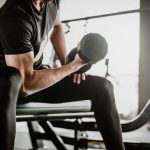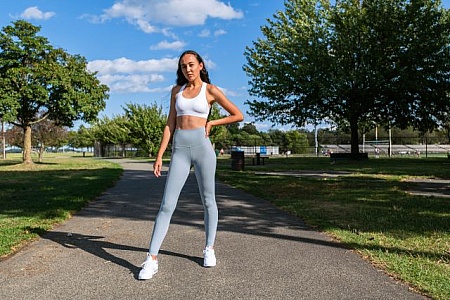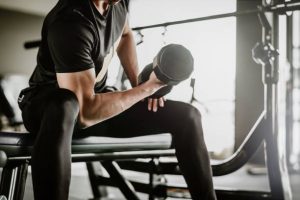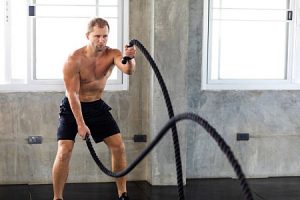https://track.flexlinkspro.com/g.ashx?foid=156074.25938.2098587&trid=1455317.195512&foc=16&fot=9999&fos=6Sportswear fabrics play a crucial role in enhancing athletic performance and ensuring comfort during physical activities. From moisture management to breathability and flexibility, the choice of fabric can significantly impact an athlete’s experience. This article delves into the key aspects of sportswear fabrics, focusing on their performance characteristics and comfort attributes.
Fabric Performance Characteristics
1. Moisture Management: Moisture-wicking fabrics are essential for https://track.flexlinkspro.com/g.ashx?foid=156099.15213.711057&trid=1455317.195512&foc=16&fot=9999&fos=6athletes as they help in regulating body temperature and keeping the skin dry during intense workouts. These fabrics are typically made from synthetic fibers such as polyester or nylon, which have hydrophobic properties. The moisture is drawn away from the skin to the outer surface of the fabric where it can evaporate quickly, preventing the discomfort of wet, clingy clothing.
2. Breathability: Breathable fabrics allow air circulation through the garment, which helps in cooling the body and reducing sweat accumulation. This property is often achieved through open weaves, mesh panels, or special treatments that enhance air permeability without compromising durability or UV protection. Fabrics like spandex blends or lightweight polyesters are popular choices for their balance of breathability and stretch.
3. Flexibility and Stretch: Sportswear needs to offer freedom of movement without restriction. Fabrics with stretch properties, such as elastane (commonly known as spandex or Lycra), provide excellent elasticity and shape retention. This elasticity allows the garment to move with the body, facilitating a wide range of motions without tearing or losing its shape over time. Compression fabrics, which apply gentle pressure to muscles, also aid in muscle support and recovery.
4. Durability: Athletic activities put fabrics under significant stress, requiring them to withstand repeated washings, abrasions, and stretching. High-performance sportswear fabrics are engineered to be durable while maintaining their performance characteristics over extended periods. Nylon and polyester blends are known for their durability, making them suitable for sports that involve frequent movement and contact.
Comfort Attributes
1. Softness and Texture: Comfort starts with the feel of the fabric against the skin. Soft, smooth textures enhance comfort during prolonged wear, reducing the risk of chafing or irritation. Microfiber polyester, bamboo fabric, and certain blends of cotton offer a luxurious feel while maintaining performance benefits such as moisture management and breathability.
2. Temperature Regulation: Sportswear fabrics should help regulate body temperature to optimize performance and comfort. Fabrics that manage moisture effectively also contribute to thermal comfort by keeping the body cool during exertion and warm during rest periods. Innovative fabric technologies, such as phase-change materials or thermoregulating finishes, further enhance this capability by actively responding to changes in environmental conditions.
3. Odor Control: Microbial growth and odor can be concerns in sportswear due to sweat accumulation. Fabrics treated with antimicrobial agents or those made from natural fibers like merino wool possess inherent properties that inhibit bacterial growth and reduce odor formation. This feature is particularly beneficial for athletes who engage in prolonged activities or travel extensively.
4. Weight and Bulk: Lightweight fabrics are preferred in sportswear as they minimize the garment’s weight and bulkiness without sacrificing performance. Advanced weaving techniques and fiber innovations allow for the creation of lightweight fabrics that offer durability and comfort without compromising on other performance attributes.
Conclusion
In conclusion, the selection of sportswear fabrics involves a careful consideration of both performance characteristics and comfort attributes. From moisture management and breathability to flexibility and durability, each aspect plays a crucial role in enhancing the athlete’s experience and optimizing performance. Advances in textile technology continue to drive innovation in sportswear, offering athletes a wide range of options tailored to their specific needs and preferences. By understanding these factors, athletes can make informed choices that support their athletic endeavors and ensure comfort throughout their training or competitive activities.




















